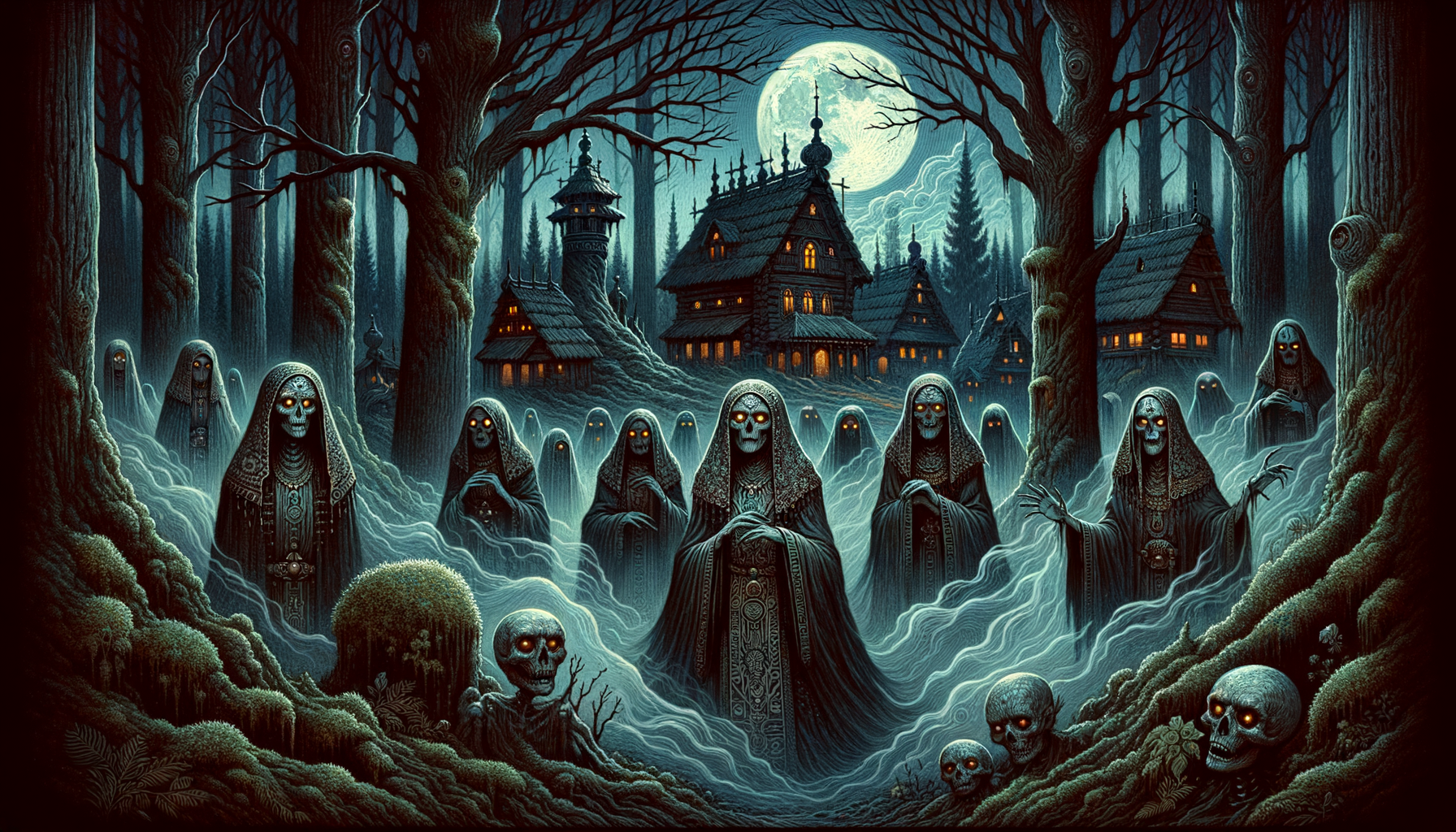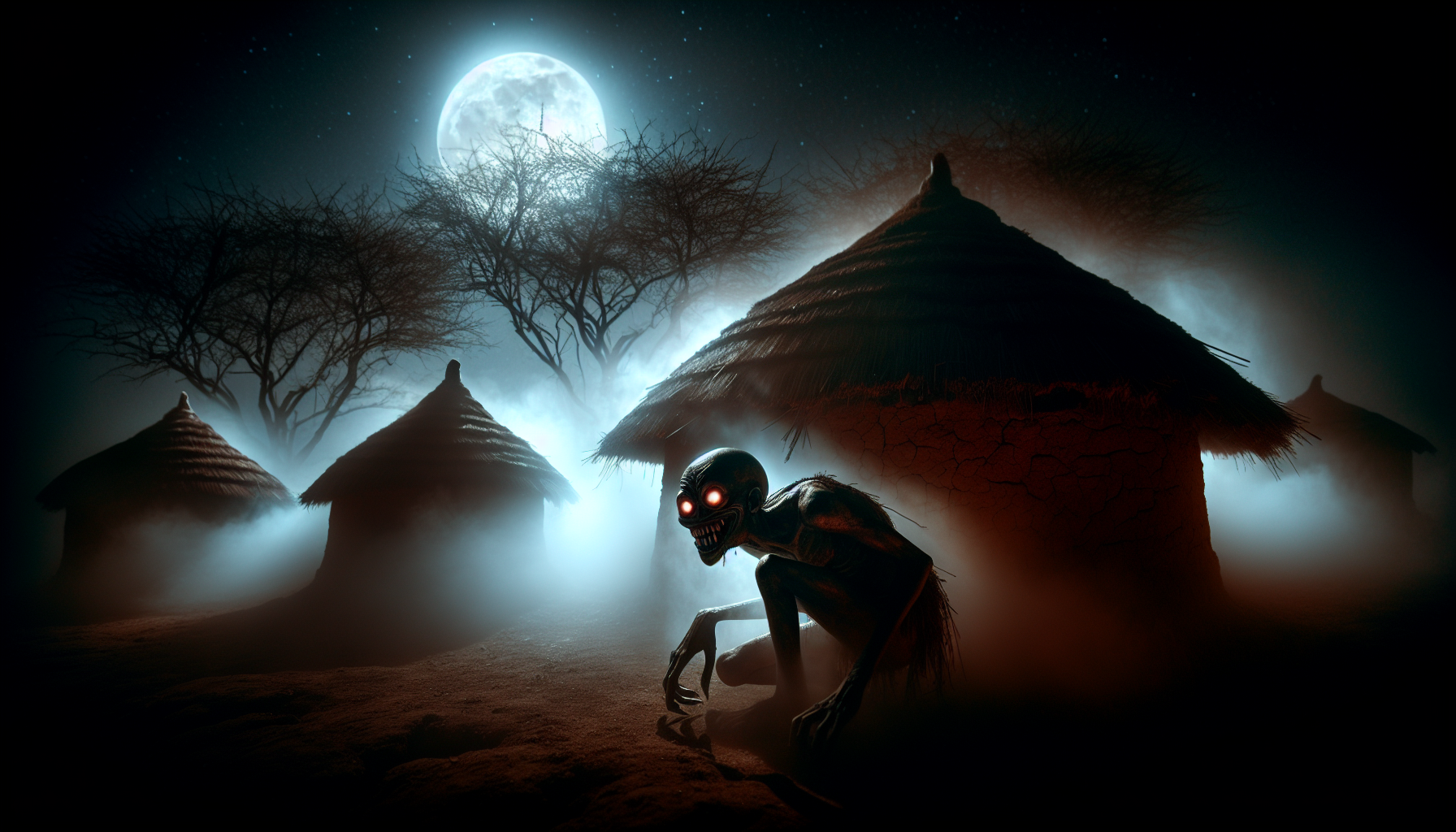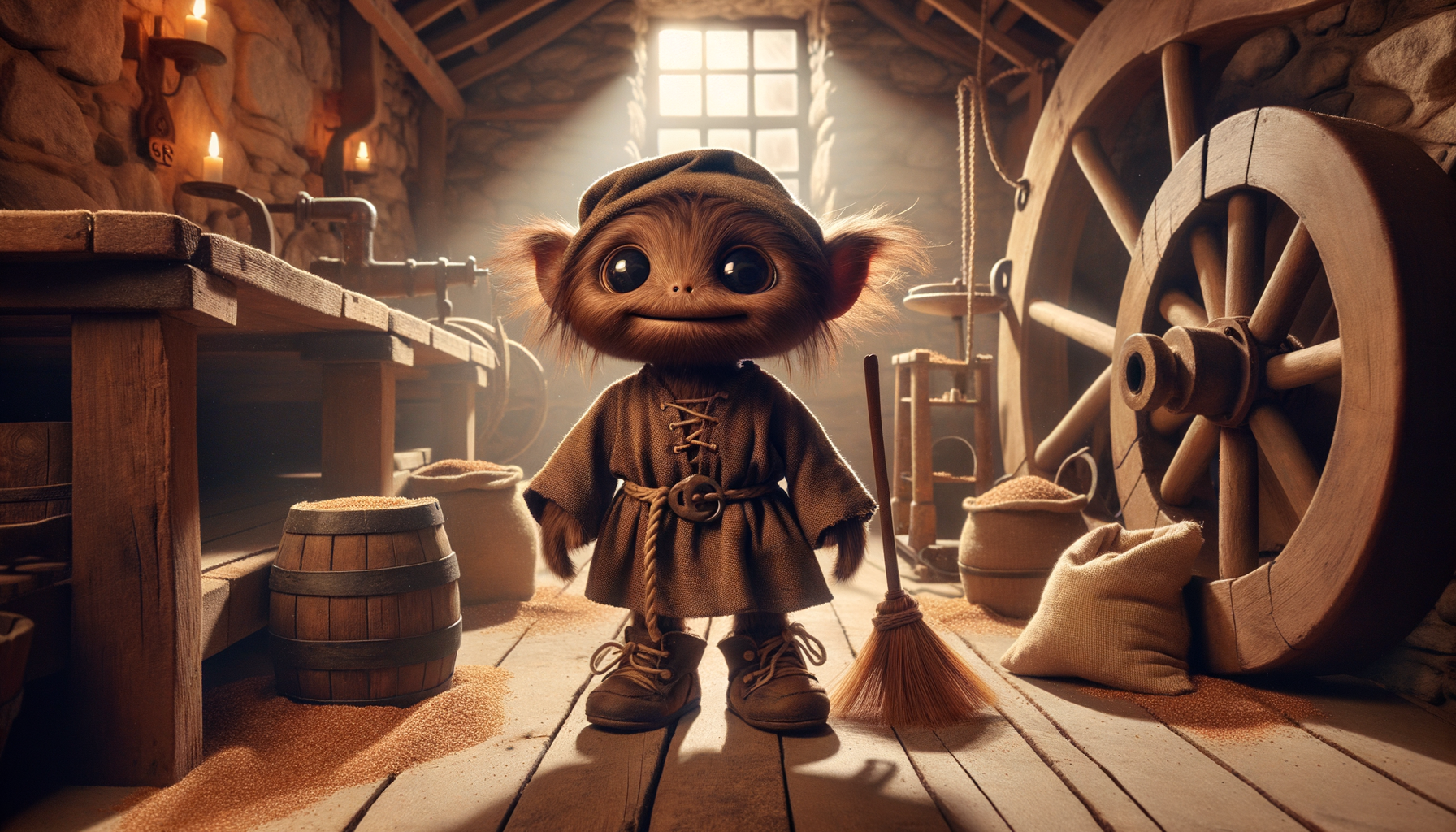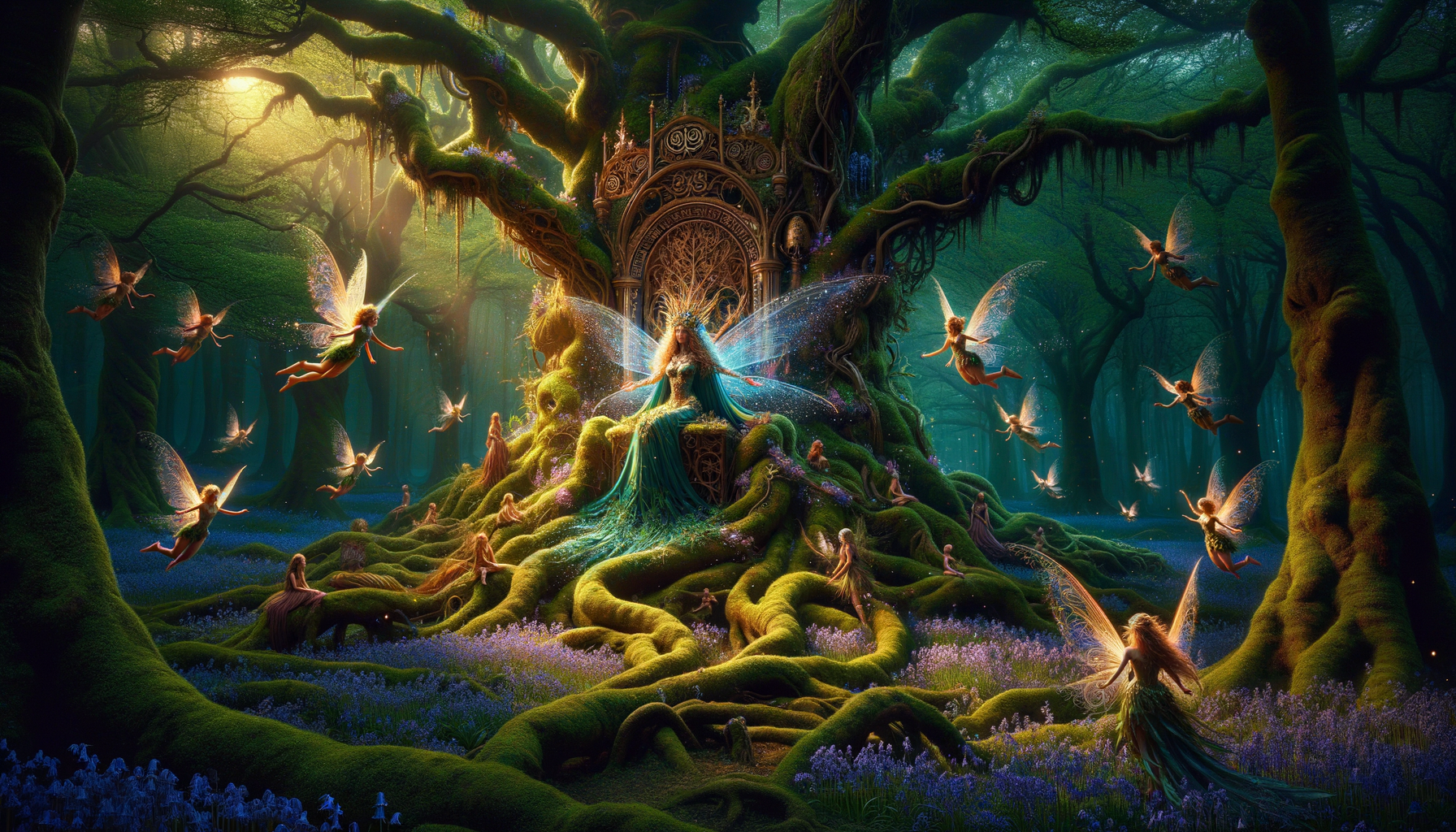Welcome to the spine-chilling world of Slavic mythology vampires! Did you know that the tales of these bloodthirsty beings date back centuries, long before Bram Stoker’s Dracula? From ancient folklore to modern adaptations, Slavic vampires have terrified and fascinated cultures across Eastern Europe. Prepare yourself as we delve into the origins, characteristics, and chilling tales of these mythical creatures. Whether you’re a folklore aficionado or a casual horror enthusiast, this article promises to thrill and educate!
Origins of Slavic Vampire Myths
To understand the origins of Slavic vampire myths, it’s essential to delve into the historical background of Slavic mythology and its rich folklore tradition. The Slavic peoples have a long history of oral storytelling that has preserved numerous legends, myths, and tales through generations. Their mythology is deeply rooted in nature, the cycles of life and death, and the supernatural.
Early references to vampires in Slavic cultures appear in various documents and folklore. These references often describe creatures that rise from the dead to harm the living, particularly by drinking their blood. Such stories were common in rural communities, where fear of the unknown and the unexplained was rampant.
The connection to pagan rituals and beliefs is significant. Before the advent of Christianity, Slavs practiced various pagan rituals that included ancestor worship and offerings to appease spirits. These practices often involved rites to ensure the dead remained in their graves, hinting at early concerns about the undead.
The role of the church and Christianization in shaping vampire myths cannot be overlooked. As Christianity spread through Slavic lands, the church sought to suppress pagan beliefs but often ended up incorporating and transforming them. The concept of the vampire was adapted to fit Christian narratives, portraying these creatures as embodiments of evil and sin.
Characteristics and Traits of Slavic Vampires
Slavic vampires have distinct characteristics and traits that set them apart from their Western counterparts. Their physical appearance varies widely, from shadowy figures to bloated, corpse-like beings. Unlike the suave and sophisticated Western vampire, Slavic vampires often appear grotesque and decayed.
In terms of behavior, Slavic vampires are notorious for their blood-drinking habits and nocturnal activities. They are believed to rise from their graves at night to feed on the blood of the living, spreading disease and death in their wake.
These creatures are endowed with various powers and supernatural abilities. They possess immense strength and can shapeshift into animals like wolves or bats. Some legends even attribute them with the power to control the weather or summon storms.
Despite their formidable powers, Slavic vampires have notable weaknesses. Villagers developed numerous methods to protect themselves, such as placing garlic or holy objects around their homes, using wooden stakes to pin the vampire to its grave, or performing specific burial rites to ensure the dead stayed dead.
Notable Slavic Vampire Legends and Stories
One of the most famous tales is that of Upir, considered the archetype of Slavic vampires. Upir is often depicted as a fearsome creature that rises from the dead to terrorize the living, embodying many of the traits associated with Slavic vampires.
Another notable legend is that of Sava Savanović, the bogeyman of the Balkans. Savanović is said to have lived in an old mill, preying on unsuspecting villagers who came to grind their grain. His story has become a staple of Serbian folklore.
The Legend of Piast the Wheelwright, also known as the West Slavic Plague, tells of a vampire that brought illness and death to a community. This tale highlights the association between vampires and disease in Slavic lore.
Different Slavic regions have their own unique stories and legends. In Russia, Poland, Serbia, and other Slavic countries, tales of vampires are deeply embedded in local folklore, each with its own variations and nuances.
Influence on Modern Vampire Lore
The transition from folklore to literature marks the beginning of the vampire’s journey into modern culture. Early adaptations of Slavic vampire myths appeared in literary works, capturing the imagination of readers and setting the stage for future interpretations.
The impact of Slavic vampires on popular culture is profound. Films, series, and books inspired by these myths have brought these creatures into the global spotlight. They often retain elements of the original folklore while blending in new ideas and themes.
When comparing Slavic vampire myths with Western ones, several unique aspects stand out. Slavic vampires are often more closely associated with disease and decay, and their methods of creation and destruction differ significantly. These differences add a rich diversity to the vampire mythos.
Notable modern works featuring Slavic vampire elements include books and films that draw directly from these ancient tales, bringing a fresh perspective to the genre and introducing these myths to new audiences.
Vampires in Contemporary Slavic Culture and Tourism
In contemporary Slavic culture, vampires continue to play a significant role in festivals and traditions. Events celebrating these mythical creatures are common, often featuring reenactments, storytelling, and various themed activities.
Tourism has embraced the allure of Slavic vampire myths. Visiting alleged vampire haunts and historical sites has become a popular activity for those fascinated by the supernatural. These locations offer a glimpse into the rich folklore and history of the region.
Slavic vampire merchandise and pop-culture exhibits further highlight the enduring popularity of these legends. From souvenirs to elaborate museum displays, the fascination with Slavic vampires continues to captivate people around the world.
Conclusion
In conclusion, Slavic mythology vampires offer a rich and eerie tapestry of tales that have captivated imaginations for centuries. From their gruesome origins to their modern-day manifestations, these creatures continue to haunt and intrigue. So, next time you dive into a vampire story, remember the ancient myths that helped shape this enduring legend. Want to learn more about unnerving folklore or share your favorite vampire tale? Join our community and let’s keep the conversation alive!




